| Unit of a long term plan Unit 1 | School: |
| Date: | Teacher name: |
| CLASS: 5 | Number present: | absent: |
| Lesson title | Homes 2 |
| Learning objectives(s) that this lesson is contributing to (link to the Subject programme) | S1. Provide basic information about themselves and others at sentence level on an increasing range of general topics. S4. Respond with limited flexibility at sentence level to unexpected comments on an increasing range of general and curricular topics. W1. Plan, write, edit and proofread work at text level with support on a limited range of general and curricular topics. UE14. Use prepositions to talk about and location: use prepositions like to describe things and about to denote topics: use prepositions of direction to, into, out of, from, towards on a limited range of familiar general and curriculum topics. |
| Lesson objectives | All learners will be able to: Understand specific information related to the target. Pronounce and name some words, according to the topic. Recognize the theme and grammar material; Most learners will be able to: Some learners will be able to: |
| Assessment criteria | To ask simple questions to get information about rooms To develop the learners’ correct pronunciation of active vocabulary To put prepositions of directions in right order. To write and complete the sentences by putting names of the room
|
| Values links | To respect each others opinion, to awake of their patriotic senses. To teach pupil to love our motherland. |
| Cross-curricular Links | Kazakh and Russian |
| Previous learning | Learners have an information about rooms. New vocabulary according to the previous lesson. Define comparative and superlative adjectives. Can compare yurts with modern houses. |
| Plan |
| Planned timings | Planned activities (replace the notes below with your planned activities) | Resources |
| Start
| Greeting. Teacher greets learners; learners respond to greeting and take their places. Happiness circle. Teacher greets and invites to stand in a circle and to greet each other. The teacher divided the class with the method of mosaic. S1 Brainstorming. Revision the previous lesson. Scrambled letters. You must make up some words and translate them into Kazakh.
t, l, a, f –
e, r, u, t, c, i, p –
b, e, l, a, t –
c, r, e, o, o, k –
e, g, f, r, i, d –
k, s, i, n –
m, p, a, l –
r, a, i, c, h –
i, o, r, d, a –
r, o, d, o –
| Flashcards PPT (slide – 1-2)
Pictures
|
| Middle | IV.S4. Working with new vocabulary.
| English | Transcription | Translation | | Desk | [desk]
| жазу үстелі | | Chair | [tʃɛː]
| Орындық | | Mirror | [mɪrə]
| Айна | | Lamp | [læmp]
| Шам | | Clock | [klɒk]
| Сағат | | Table | [teɪb(ə)l]
| Үстел | | Bed | [bed]
| төсек | | Shelves | [ʃɛlvz]
| Сөрелер | | chest of drawers | [tʃɛst ov drɔːz]
| Комод | | Rug | [rʌɡ]
| Клем | | Wardrobe | [wɔːdrəʊb]
| Гардероб |
Prepositions: | In | Ішінде | | On | Үстінде | | Next to | Жанында | | Above | Жоғарыда | | Under | Астында | | Opposite | қарама-қарсы | | In front of | Алдында | | Behind | артында |
UE14. Task 1. Practice Use prepositions. Complete the description of Sadie’s room. The bed’s on the left and there’s small wardrobe on the right. There are some posters …… the wall …… the bed. There is a table …… the bed, and there is a lamp and clock …… the table. There is a chest of drawers …… the table, and there are some shelves …… the chest of drawers. There is a desk …… the door, …… the window. There is a chair in the corner and another chair ….. the desk. You can see Sadie’s tennis racket …… the desk.
Descriptor A learner: S4. 1 Task 2. Group work Read the puzzles and guess what rooms they are. I - group
1. We have breakfast, lunch, dinner, supper there.
We eat in it. What room is it?
2. We cook dinner, wash up dishes there. There is cooker a fridge, a dishwasher there. There are plates, cups, cupboards there.
What room is it?
3. There is a bed, a picture, a window, a curtain, a toilet table in it.
What room is it? II - group
4. There is a towel, a bath, a soap, a mirror, a sink, a shelf in it.
What room is it?
5. There is VCR, a sofa, a fire, a carpet, an armchair, a picture, a television in it. What room is it?
6. There is a computer, a desk, a bookshelf, a chair, a lamp, a flower, a plant, a clock in it. What room is it?
Descriptor A learner: W1. Task 3. Complete the sentences:
1. We cook in the …
2. We sleep in the …
3. We wash in the …
4. We watch TV in the …
5. We eat in the …
6. We read books in the …
Descriptor A learner: Read and translate Filling in the gaps |
PPT (slide – 3)
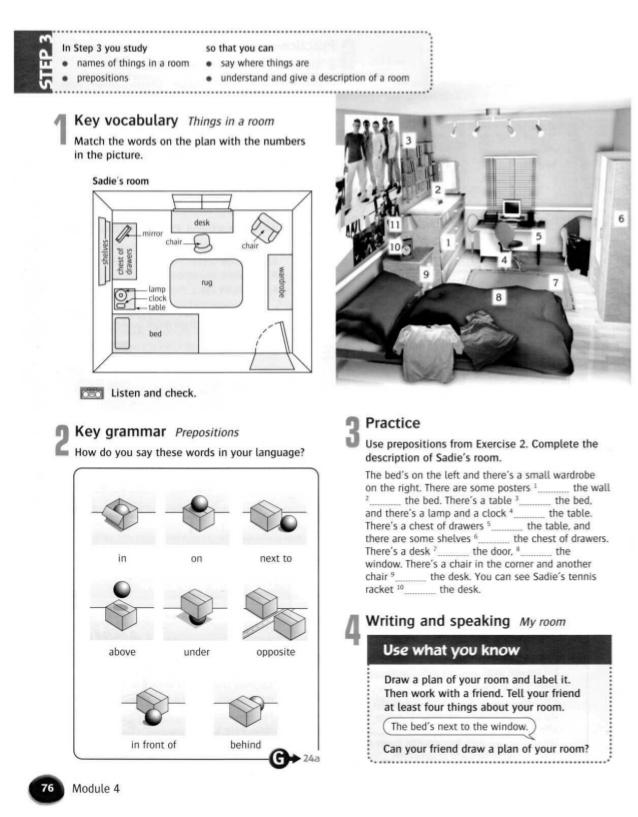
Student’s book, Picture, dictionaries PPT (slide – 4)
PPT (slide – 5)
PPT (slide – 6)
|
| End | Assessment. Traffic light. Feedback. The teacher gives comments about learners work and awards learner. Students will choose one and put on the board their stickers. Home task: Writing and speaking “My room” Use what you know Draw your room and furniture’s in the paper. Make a dialogue with your partner about your room.
| 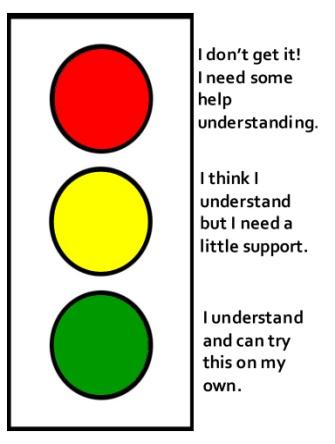
Stickers PPT (slide – 7) |
| Additional information |
| Differentiation – how do you plan to give more support? How do you plan to challenge the more able learners?
| Assessment – how are you planning to check learners’ learning?
\\\\\\ | Health and safety check
|
| Task –completing the description All learners will understand specific information related to the target, pronounce and name some words, according to the topic. Most learners will answer the questions, do exercises with grammar material; Some learners will use prepositions to make sentences. Speak about things in a room | I will assess the learners works by praise orally and will give pictures for active pupils.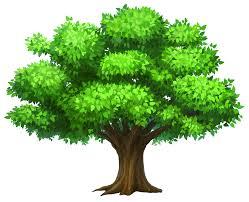 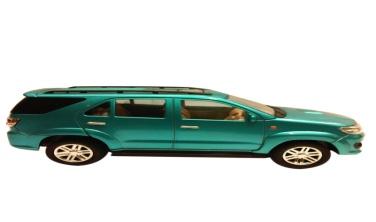
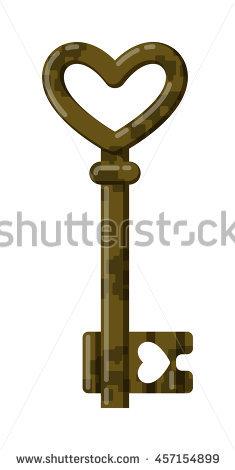
| To pay attentions to learners safety during the doing activates, be careful in moving to places, in dividing to groups |
| Reflection
Were the lesson objectives/learning objectives realistic? Did all the learners achieve the lesson objectives/ learning objectives? If not, why? Did my planned differentiation work well? Did I stick to timings? What changes did I
make from my plan and why?
| Use the space below to reflect on your lesson. Answer the most relevant questions from the box on the left about your lesson. Use prepositions like to describe things and about to denote topics: use prepositions of direction to, into, out of, from, towards on a limited range of familiar general and curriculum topics.
All learners achieve the lesson objectives and learning objectives.
|
| The lesson was exciting. The atmosphere was very positive.
|
| Summary evaluation What two things went really well (consider both teaching and learning)? 1: Group work. 2: The method “Mosaic”
What two things would have improved the lesson (consider both teaching and learning)? 1: Some interesting facts. 2: Be more active students
What have I learned from this lesson about the class orindividuals that will inform my next lesson? Today’s lesson was very interesting for me. The students were very active and very well done work with new material. They well prepared homework and well learnt a new lesson because all my questions, could make short sentences for new words. But I think the listening was difficult for students. I will consider it my next lesson. |




















